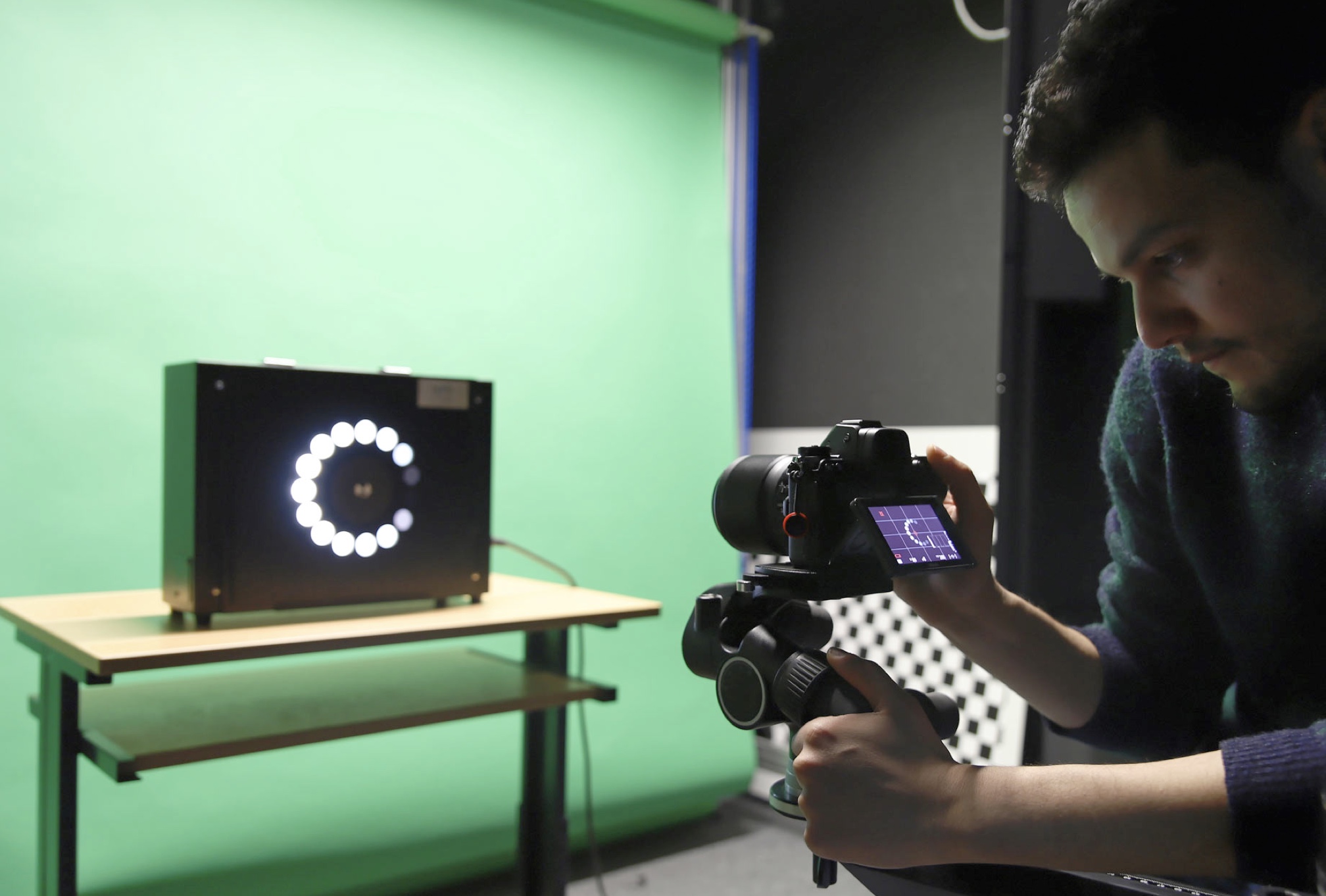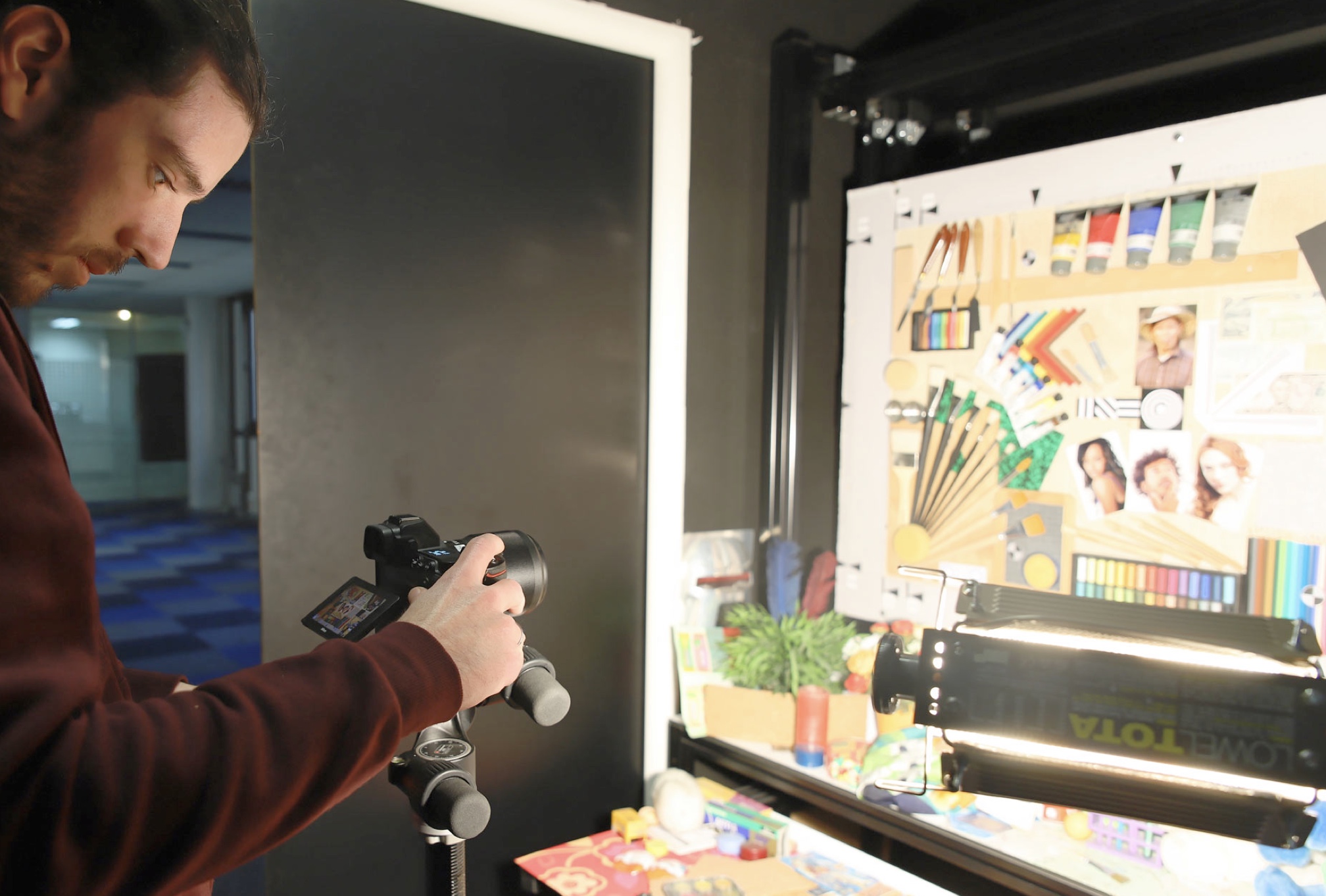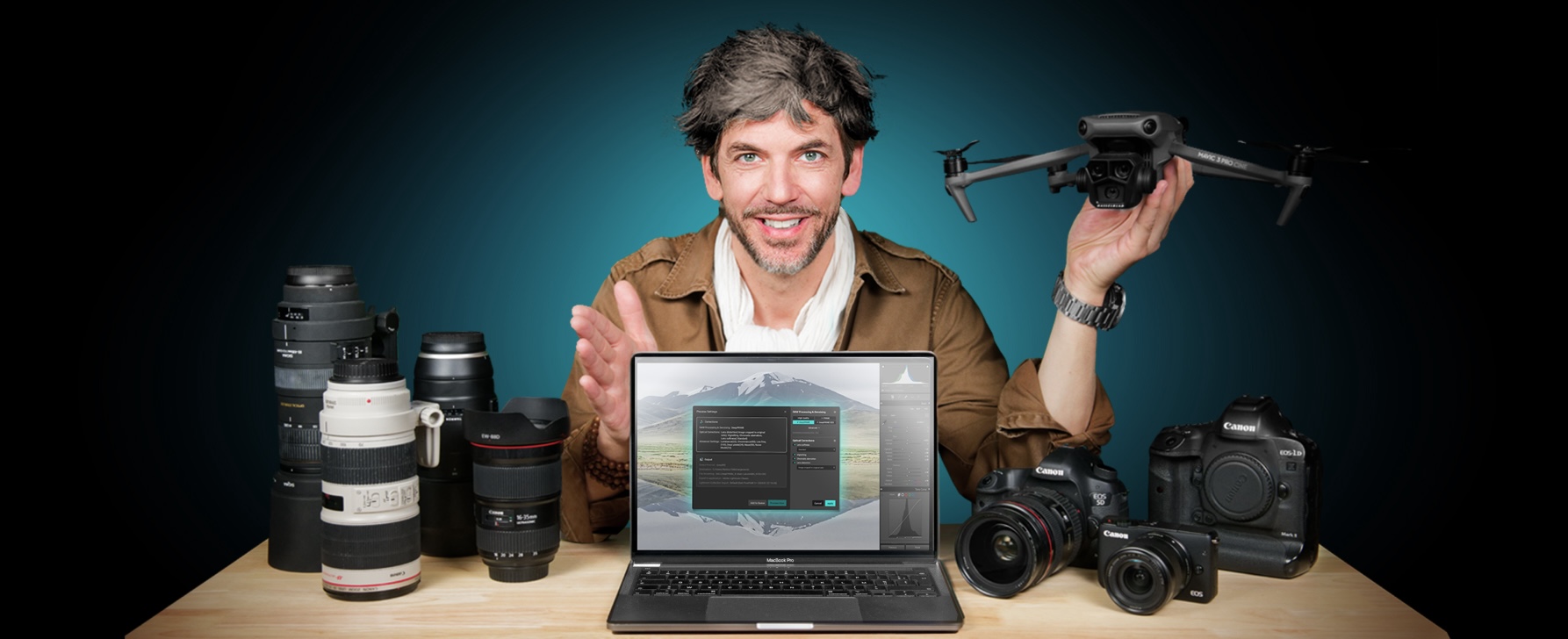DxO lens modules: custom-tailored to your equipment
Automatic correction of lens imperfections
DxO pioneered the creation of lens and camera profiles, and we remain the industry leader when it comes to giving photographers the best performance from their gear.
Lens defects depend on the type of equipment, the quality of its design, and the camera-body combination being used. Each lens-body combination results in a range of optical defects that are specific to that lens. These can be as numerous as there are possible combinations.
DxO PureRAW, DxO PhotoLab, DxO FilmPack, and DxO ViewPoint all automatically eliminate the four main optical flaws that photographers will experience: softness, geometric distortion, chromatic aberration, and vignetting.

A few kilobytes to correct lens defects
A DxO Optics Module is a data profile that details the corrections required for a specific lens-body combination. Depending on the combination, this file can vary in size from hundreds of kilobytes to several megabytes of data.
DxO designs modules for a large range of consumer equipment. The list of combinations is extensive, and the module library is constantly growing. Click here for the latest list of equipment supported by DxO software.
A two-phase process
The process of creating a DxO lens module is complex and requires extreme precision. It involves two phases—a measuring phase followed by a verification phase.
The first phase involves calculating the optical characteristics of the lens. This is done by taking photos of specific targets in the controlled environment of the DxO laboratory and performing a series of measurements.
Next, four defects are evaluated, specifically: optical vignetting, geometric distortion, lateral chromatic aberration, and perceptual blur, which play a key role in correcting lens softness. These defects are then mathematically modeled using a range of shooting parameters, including aperture, focal length, distance, and more, for both RAW and JPEG images.
To ensure the modules are correct, this step is followed by a verification phase. The lens-camera pair is tested in real-life shooting conditions to make sure that the results are as close to perfect as possible. Engineers ensure that subject lines remain straight, regardless of the focal length or distance, and that subjects, such as a blue sky or a grassy meadow, are evenly exposed no matter where they are positioned in the frame. The verification phase can generate 100 to 500 images depending on the equipment being tested.
At the end of these two phases, the data are compiled in a single file: the DxO Optics Module. Every year, DxO tests and calibrates approximately 80 new lenses and 40 new cameras in its laboratories.

The first phase of the process involves calculating the optical characteristics of the lens by taking photos of specific targets.
Perfect photos from the start
Each time one of DxO PureRAW, DxO PhotoLab, DxO FilmPack, or DxO ViewPoint opens an image, the software uses built-in EXIF data to identify the design and model of the lens and camera and the settings used to capture the image.
By applying the algorithms developed specifically for the lens and camera pair in DxO’s laboratories, the software can automatically correct the equipment’s inherent defects without any intervention by the user.
Discover camera and lens corrections with DxO PureRAW 4 and DxO PhotoLab 8


DxO PureRAW 4
Supercharge all your cameras and lenses


